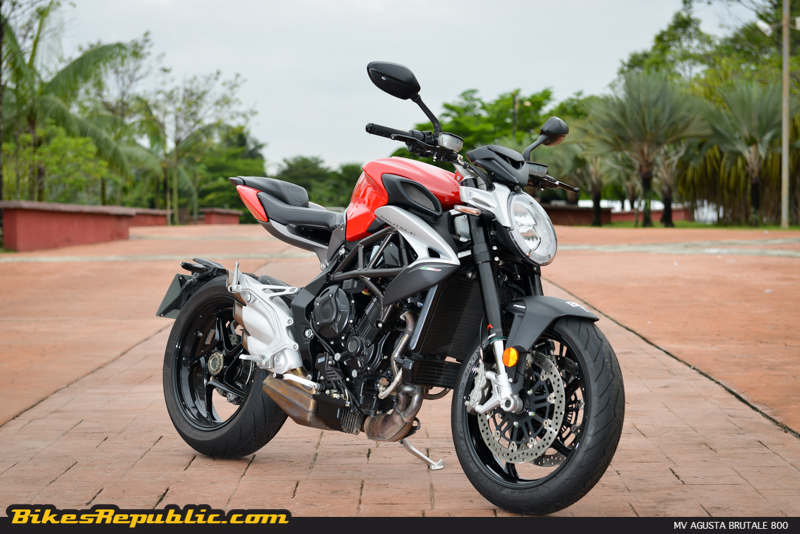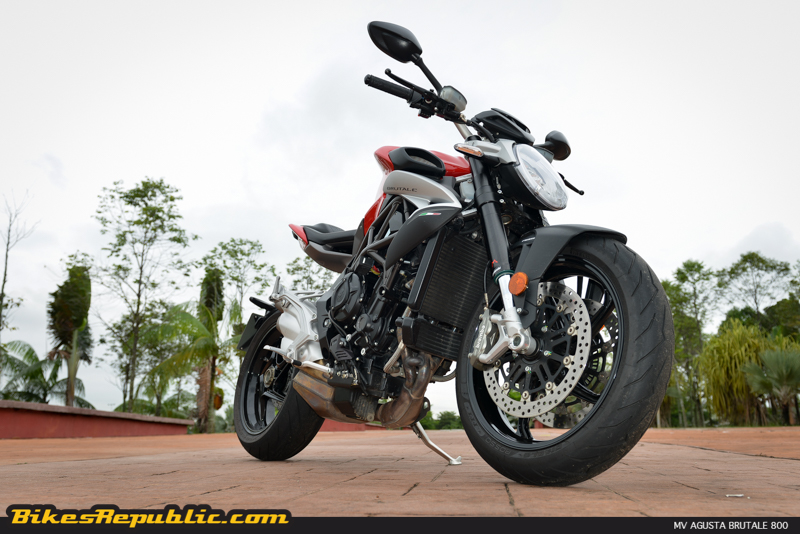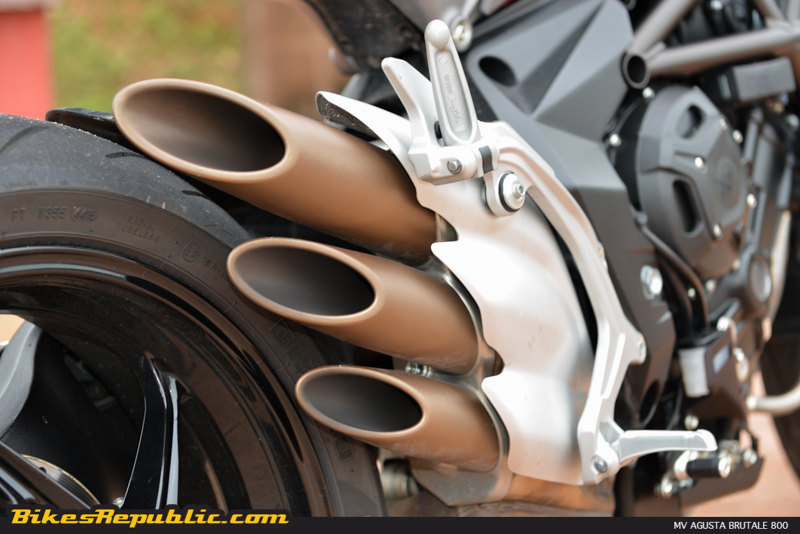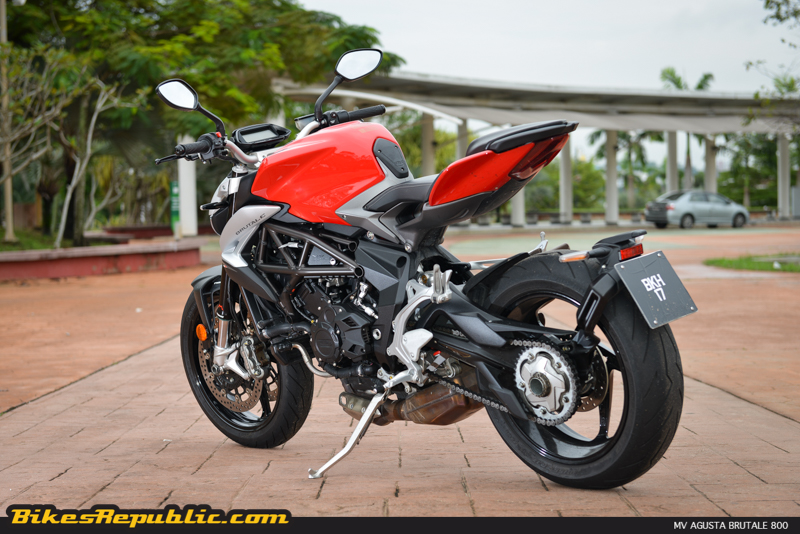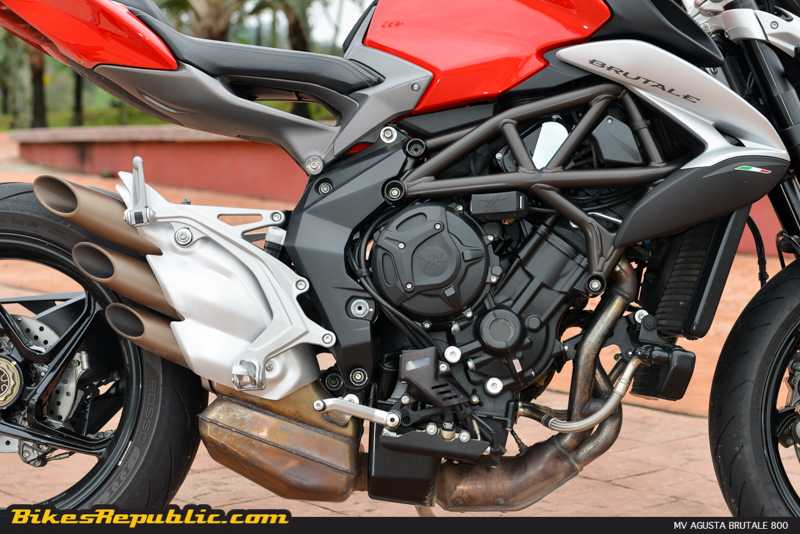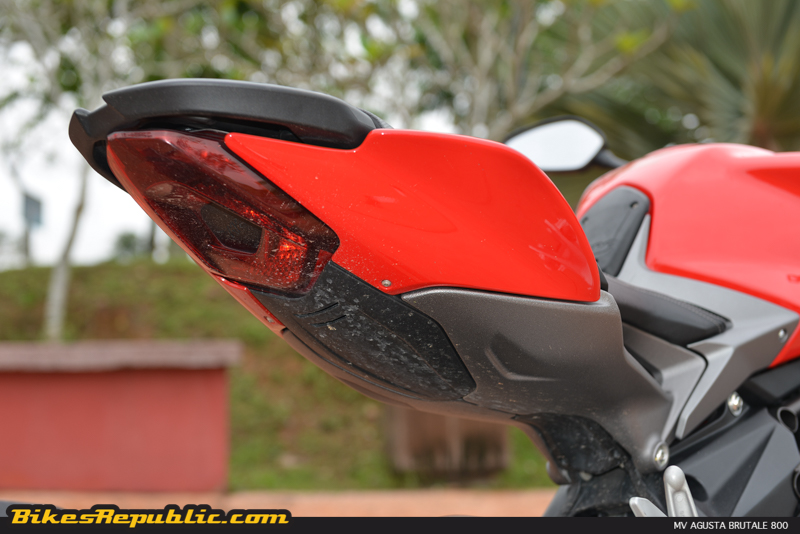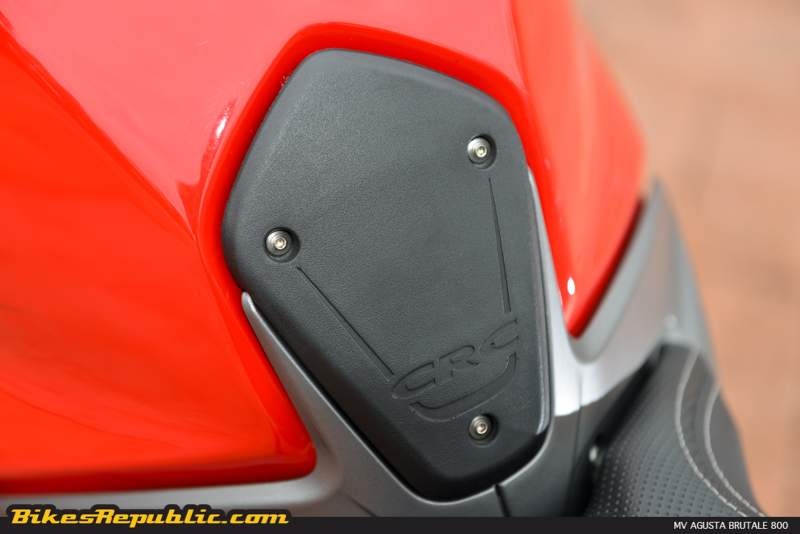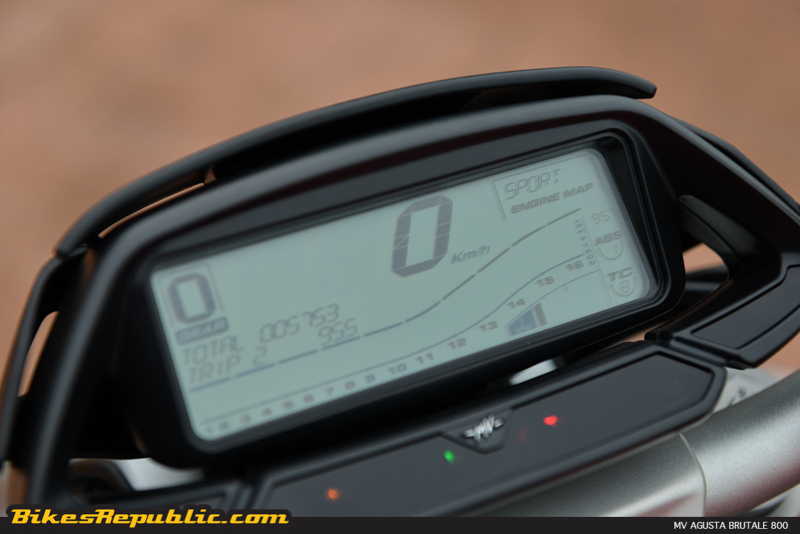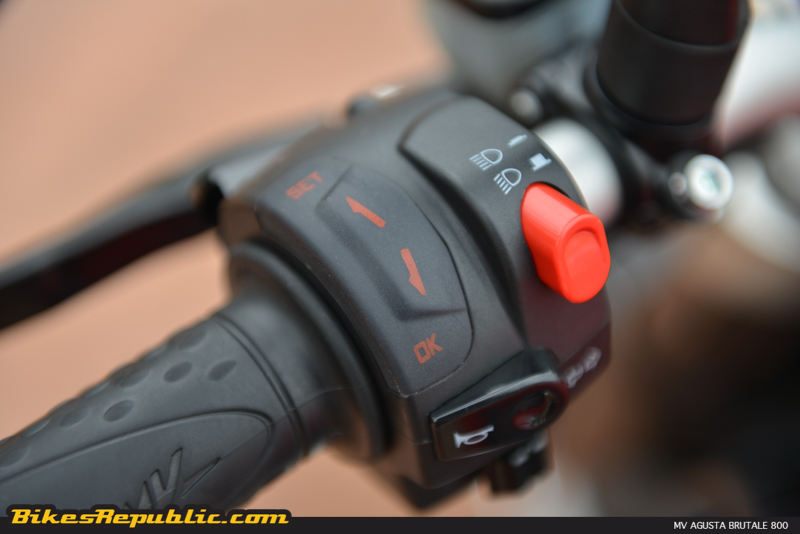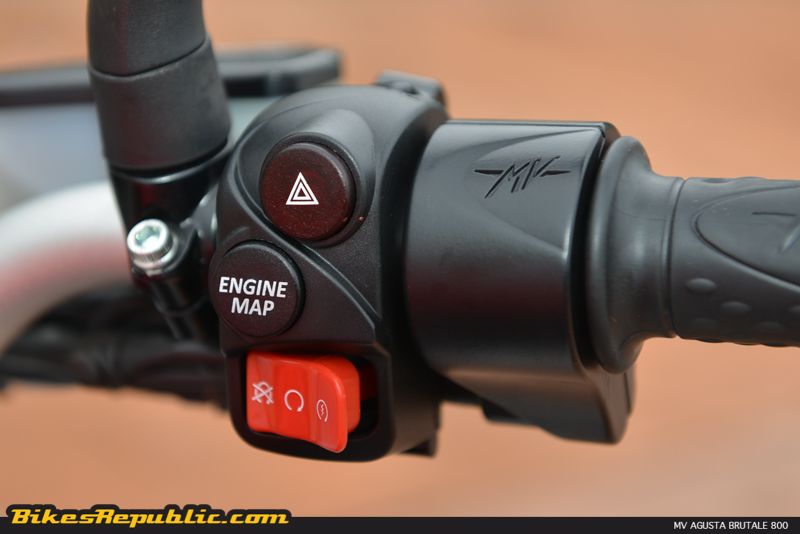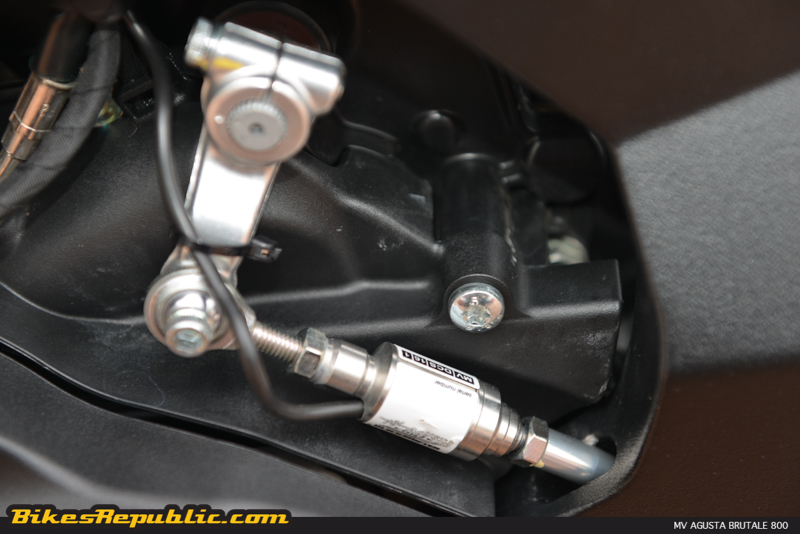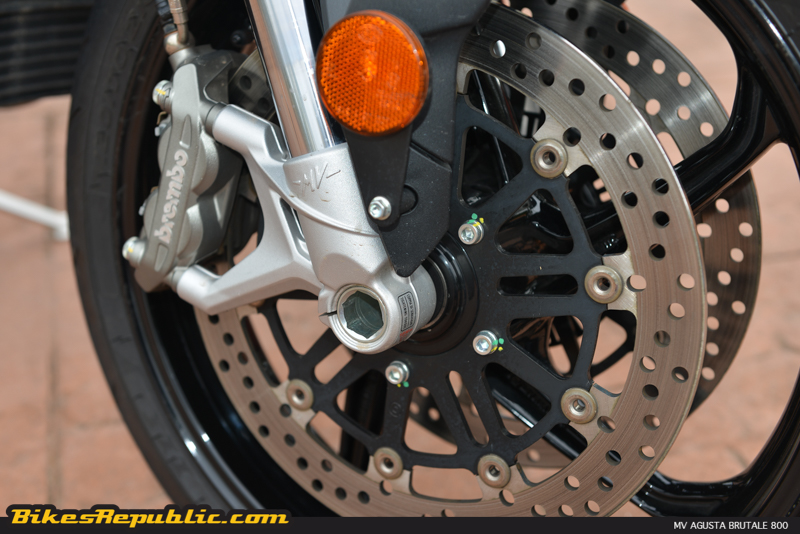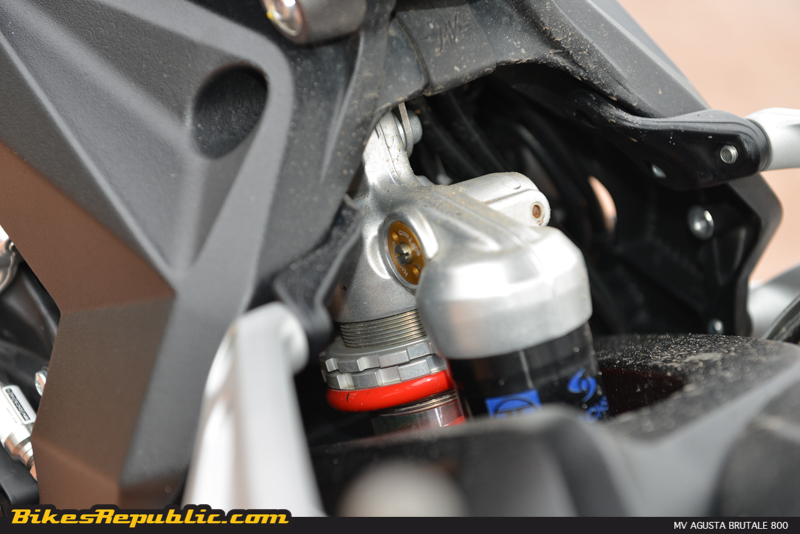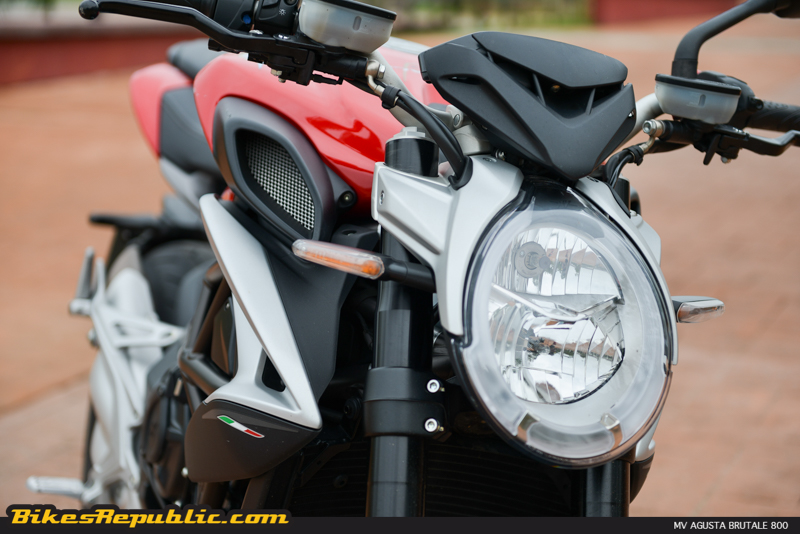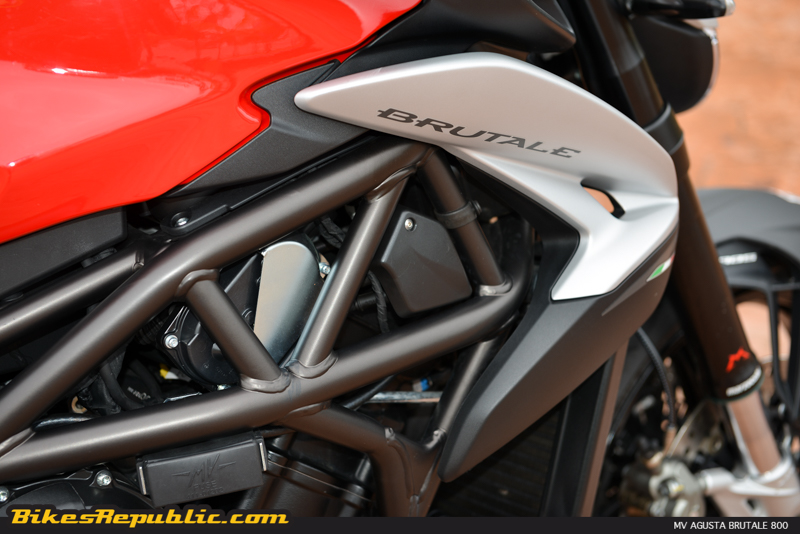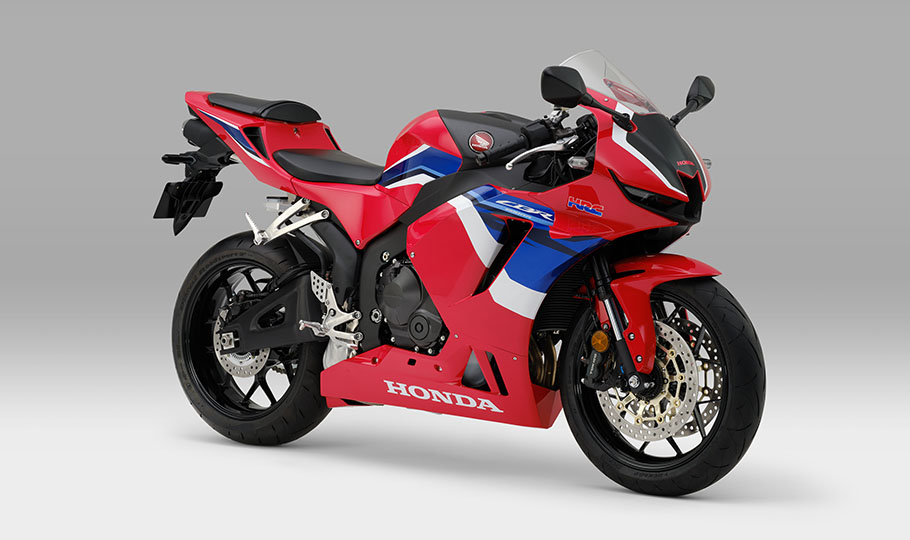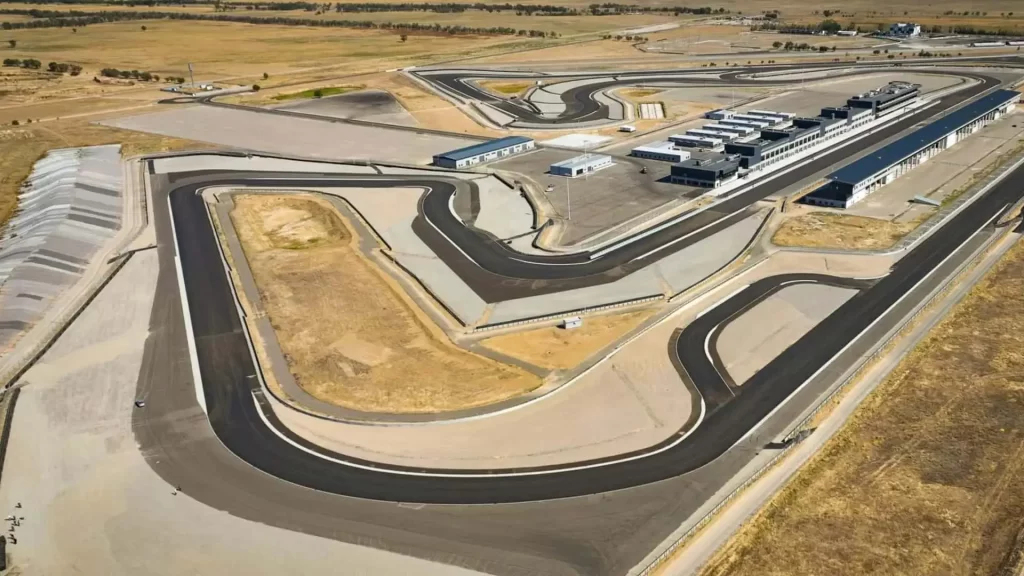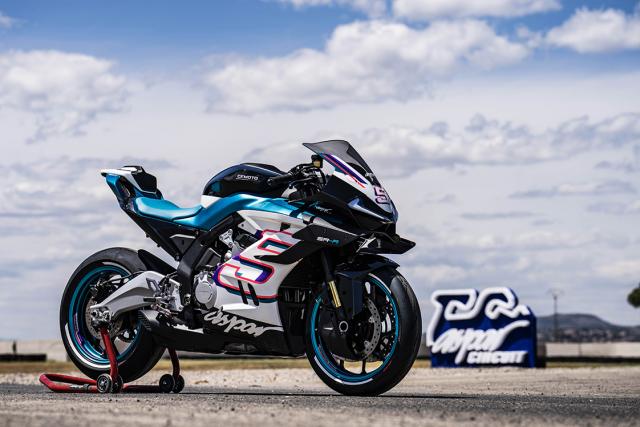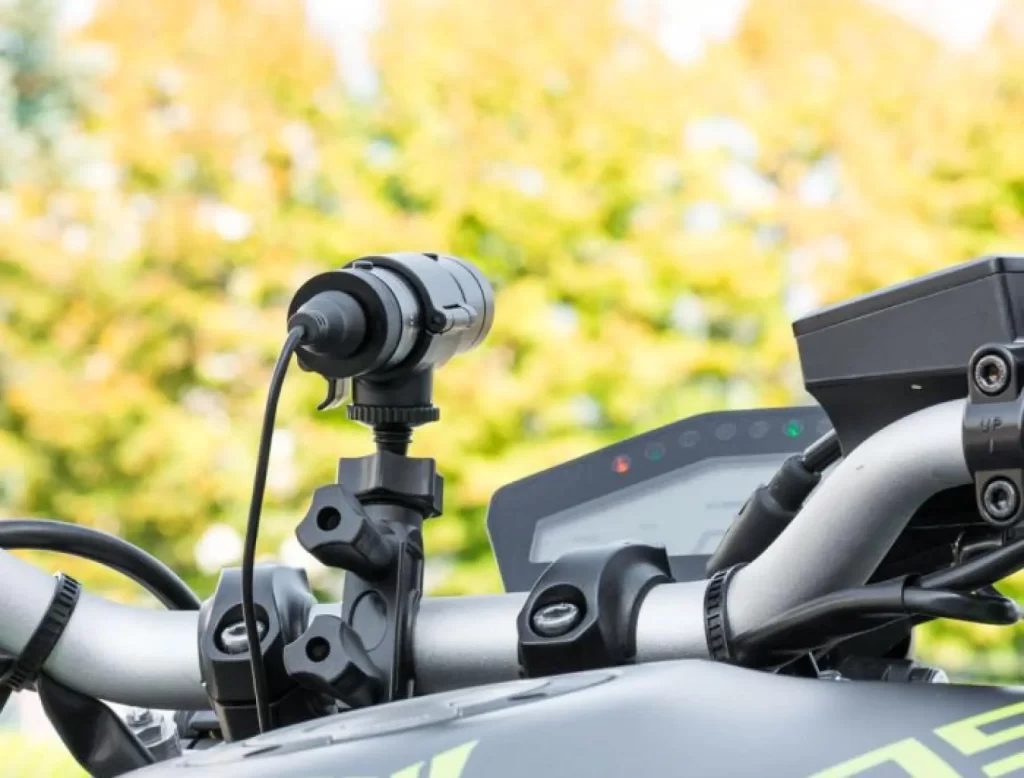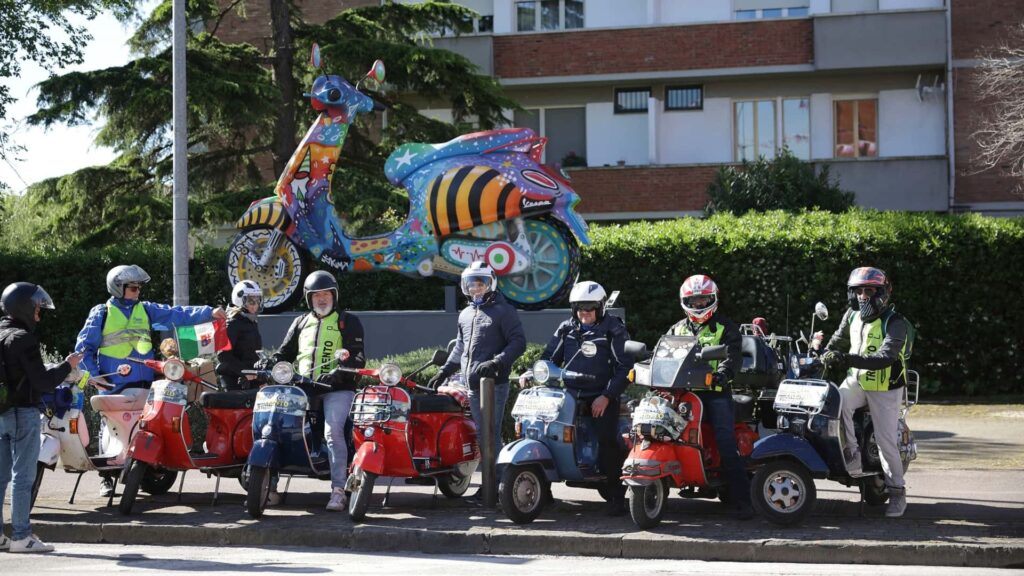-
The new MV Agusta Brutale 800 is now much more refined.
-
Quality has also improved, along with driveability.
-
The new Brutale 800 is much easier to live with and enjoyed.
MV Agusta’s Brutale lineup has always represented the Italian company’s vision of naked sportbikes. According to MV’s philosophy, the Brutale should be uncompromising yet beautiful at the same time.
As such, most, if not all, Brutales, needed a high level of skill and no less amount of bravery to be ridden well. And for them to work well, they needed to be ridden fast and hard. But I’ve always loved how MV Agustas look (examples: Brutale 800 Dragster RR, Veloce Turismo, F4 Tamburini). Almost no other manufacturer could design something so bold.
With that experience in mind, I approached this new MV Agusta Brutale 800 with some mixed expectations. I had a sense of trepidation intermingled with excitement.
Like that bad girl your mother warned you about.
This new Brutale 800 sure looked awesome, the voluptuous tank in fire engine red, with a diminutive waist which had a hole in it, just like the Veloce Turismo. From the rear three quarters, it looked like wasp – ready to sting. MV Agusta calls it, “The big chest, small waist profile.” Sounds good to any man.
The engine dangled under the tank with everything tightly packed around it, looking like the guts of a monster. But I couldn’t locate the battery. There is a reason for this, though, in the interest of mass centralization.
But something caught my attention the first time I laid eyes on it. The panels, quality of the finish, fitment and components looked way better than MV Agustas of past.
The 800cc, DOHC, 12-valve, Triple still took a bit of cranking to get it fired up. But once it does, it sounded guttural, slightly primitive even. It lets you know it’s alive.
The seat is much taller now, as the top part of the subframe had to be designed taller to produce that hole. However, I was surprised that the seat was actually rather comfy, instead of feeling like I was sitting on a leather-covered plank. The waist where the subframe joined the tank was really slim, allowing my short legs easier reach to the ground.
The fully LCD display was crammed with every information you need, except surprise, a fuel gauge, although you could ride about 60 km more when the low fuel amber light comes on. There’s also a large gear indicator, but my only hope is that MV Agusta will place the tachometer bar on the top, rather than below everything else. On the other hand, I really do liked the fact that MV Agusta’s LCD screens hardly reflect direct sunlight.
There are four riding modes: SPORT, NORMAL, RAIN and CUSTOM. SPORT gives you full power and torque; NORMAL cuts power to 100 bhp (good for long distance riding), RAIN cuts power and torque further; and CUSTOM means you could set your own preferences. There are 8 levels of traction control which you could dial and the ABS is switchable.
Starting in NORMAL, a bit of throttle and slip of the clutch got the show going. Give it more throttle and the Brutale 800 took off and it didn’t stop pulling. The rush of speed was accompanied by a soundtrack that could only come from an MV Agusta Triple.
The switch for the riding modes was via a large button on the right handlebar. All you need to do is hold it down until the indicator blinks in the LCD and you can start selecting the mode you desire, without needing to shut off the throttle. That said, the placement of the button on the right side needed some getting used to, but you’ll get it soon enough without needing to relocate your right thumb.
But SPORT mode is where the bike truly shines. The new generation MVICS 2.0 ECU’s fuelling is crisp and accurate, while the throttle isn’t abrupt anymore. Along with the newly mapped ECU, the quickshifter is one of the best on any bike I’ve sampled.
It kicks in the next gear immediately without feeling like you’ve chopped the throttle, nor did it lag. Every gear was hammered home without delay, plus it works on the downshift too, with the throttle being blipped just the right amount. There was no wheel hop even when I experimented with downshifting right down to first without the clutch.
However, the quickshifter works on the upshift and downshift only in SPORT, while only upshifts are available in the other modes.
The next thing I liked about this new Brutale 800 was the suspension. Sure, it’s still stiff but it isn’t harsh anymore. Previously, a bump in the middle of a corner was sufficient to kick the wheels into the air and cause you to lose your line. Now, you could still feel the road but you don’t get displaced off your chosen line.
Besides that, while the previous suspension didn’t seem to respond to any adjustment, decreasing compression damping by three turns and increasing rebound damping in the rear by two turns did wonders for my 80kg weight.
With the suspension sorted, it was time to turn and burn.
The handlebar was placed higher than previous Brutales and was wide. That meant plenty of leverage from your arms to steer the bike quickly in any direction. Adding to the quick steer character was the rake of 24.5 degrees. But the Brutale 800 wasn’t nervous at all especially when accelerating hard, courtesy of the 103.5mm trail.
Combined with the engine’s serious punch and the bike’s light weight, and you’ve a bike that gets away from it all in the blink of an eye.
All in all, I’m glad to see that MV Agusta is still going and the Brutale 800’s big steps in refinement is definitely reassuring.
In closing, the MV Agusta Brutale 800 does make you feel good about yourself.
TECHNICAL SPECIFICATIONS
| ENGINE | |
| Engine type | Liquid-cooled, 4-stroke, DOHC, 4-valves, inline-Triple |
| Compression ratio | 12.3 : 1 |
| Bore X Stroke | 79.0 mm X 54.3 mm |
| Displacement | 798 cc |
| Fuel system | Eldor EM2.0 electronic fuel injection |
| Maximum power | 109 bhp (81 kW) @ 11,500 RPM |
| Maximum torque | 83 Nm @ 7600 RPM |
| TRANSMISSION | |
| Clutch | Hydraulically activated with slipper clutch |
| Gearbox | 6-speed with quickshifter |
| CHASSIS | |
| Front suspension | Marzocchi 43mm USD forks, adjustable for preload, compression damping and rebound damping, 125 mm travel |
| Rear suspension | Sachs single progressive shock, adjustable for preload, compression damping and rebound damping, 124 mm travel |
| Front brakes | Dual 320 mm floating discs, dual four-piston radially mounted Brembo caliper |
| Rear brake | Single 220 mm disc, two-piston Brembo caliper |
| ABS | Bosch 9 Plus with Rear Lift-up Mitigation (RLM), swtichable on/off |
| Front tyre | 120/70-ZR17 |
| Rear tyre | 180/55-ZR17 |
| FRAME & DIMENSIONS | |
| Frame | ALS steel tube trellis, aluminium swingarm pivot |
| Swingarm | Single-sided, aluminium alloy |
| Trail | 103.5 mm |
| Rake | 24.5 degrees |
| Wheelbase | 1400 mm |
| Seat height | 830 mm |
| Dry weight | 175 kg |
| Fuel capacity | 16.5 litres |



